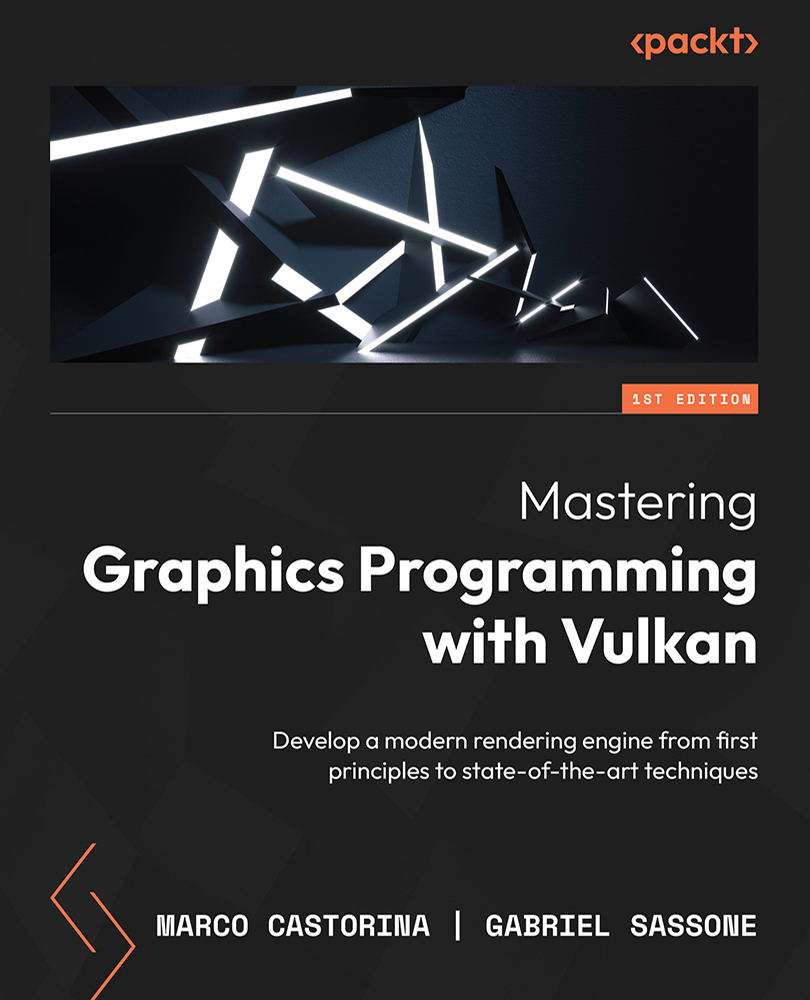How screen-space reflections work
Reflections are an important rendering element that can provide a better sense of immersion in the scene. For this reason, developers have developed a few techniques over the years to include this effect, even before ray tracing hardware was available.
One of the most common approaches is to ray-march the scene after the G-buffer data becomes available. Whether a surface will produce reflections is determined by the material’s roughness. Only materials with a low roughness will emit a reflection. This also helps reduce the cost of this technique since usually, only a low number of surfaces will satisfy this requirement.
Ray marching is a technique similar to ray tracing and was introduced in Chapter 10, Adding Volumetric Fog. As a quick reminder, ray marching works similarly to ray tracing. Instead of traversing the scene to determine whether the ray hit any geometry, we move in the ray’s direction by small increments for a fixed...



























































